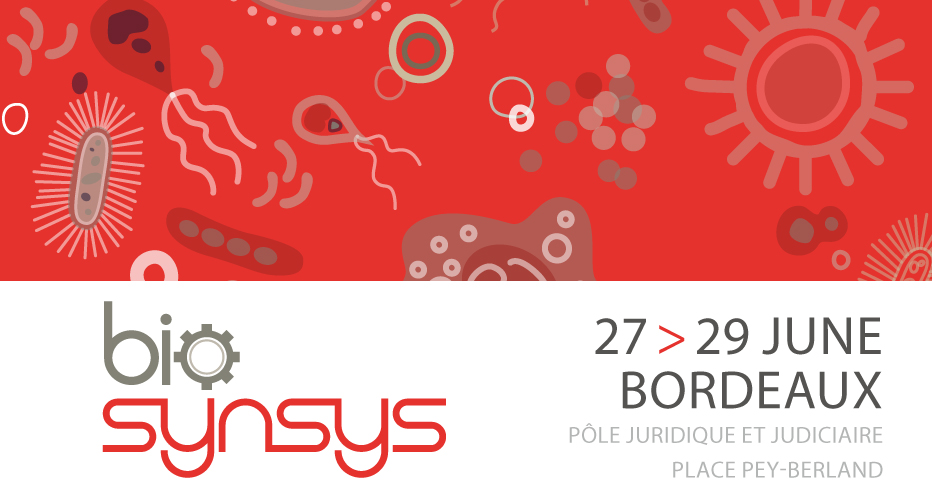We study the fleshy fruits by building mathematical models to analyze the behavior of the developing tomato fruits. Indeed, metabolic modelling appears as a way to fill the gap in our knowledge of fruit metabolism because it gets round the difficulty of measuring flux in fruit attached to the plant. For that, we developed models to estimate the fluxes through the main metabolic pathways, which supply cofactors and constituents for biomass synthesis, providing an active depiction of metabolic phenotypes (Beauvoit et al. 2014, Colombié et al. 2015).
More recently, we refined the constraint-based model by describing the cytochromic respiration and its bypasses (alternative oxidase and uncoupling proteins) and we used a metabolic datasets of fruits harvested on plants cultivated under environmental stress conditions (water limitation and shading) modifying the fruit carbon content to set up the constraints. The model solved on a daily basis throughout the tomato fruit development unrevealed a pic of respiration and energy burst just before maturation which coincides with the climacteric crisis of the fruit. To confirm this concept we are transferring and adapting the model to various other climacteric and non-climacteric species than tomato in order to get better understanding of the physiological meaning of the respiration climacteric.
While concentrations of metabolites may be considered as the ultimate response of the biological system to genetic and environmental changes, it is essential to be able to link the environment features. For that, we also need to capture the experimental data to the data about the experiment itself, more commonly called metadata. Thus, at the same time, we have begun to use an efficient capture of metadata, particularly environmental data, using XEML Lab Designer. This versatile tool relies on standardised and machine-readable metadata format describing all aspects of experimental conditions.
Enhanced knowledge on the metabolic pathways is a prerequisite to design new biological systems, the aim of synthetic biology and will be able to ensure the development of industrial applications in the area of health (bio-polymers) and agriculture (quality and production).
- Presentation

 PDF version
PDF version
